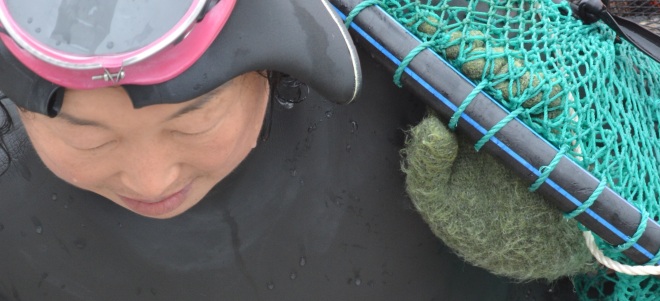It all started with Olle 5 in January 2014 and with the completion of Olle 4 on Sunday, we’ve now walked all the Jeju olle trails, the 21 that make up the circumnavigation of the island and the half dozen that are loops and alternative routes or that are on smaller islands around the coast.
Olle 4 is the longest trail at 22.9 km and Sunday was a scorching hot day to walk, with little shade from the sun. The trail does make an excursion inland but mostly follows the coast – a turquoise sea and waves crashing on the rocks (was that an effect of tropical storm Halola off to the south-east?). We celebrated with a cup of tea once we reached the end in Namwon Pogu, glad of the air conditioning and a place to sit down.
What’s next? Well, there’s a 770km trail that follows the east coast of South Korea between the border with North Korea and Busan, or a series of Olle trails in Kyushu.





























